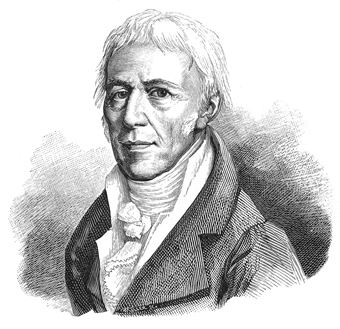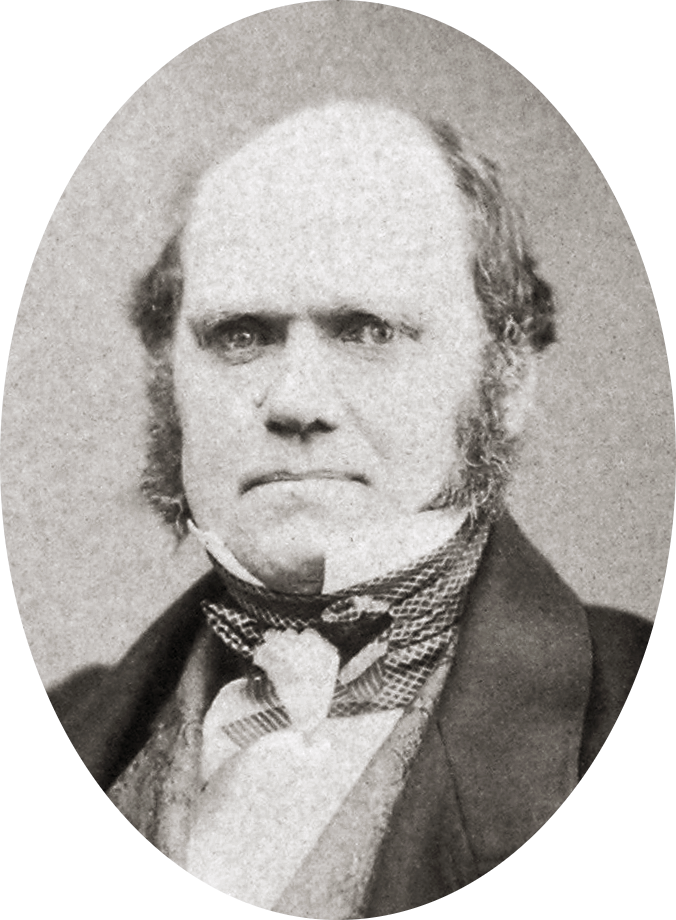Inheritance: A major weakness in Darwin’s theory of evolution was his lack of knowledge about the inheritance of variations. Gregor Mendel, a contemporary of Darwin, experimented with the common garden pea and worked out with beautiful simplicity and in detail the fundamental laws governing the transmission of character from parent to offspring, giving birth to genetics.
Mendel had fertilised plants which produced round seeds with plants which produced wrinkled seeds. From this cross, all of the progeny, known as the first filial or F1 generation, were like the round parent. He called dominant those traits that were expressed in the F1 (the round trait), and recessive those traits that did not appear in the F1 (the wrinkled trait). The F1 progeny were then self-fertilised to produce the F2 generation. In the F2, a ratio of three round plants to one wrinkled was obtained. The F2 wrinkled plants all produced wrinkled plants but of the F2 round plants one-third produced round and two-third behaved like the F1 giving three round to 1 wrinkle offspring.
From these results Mendel drew certain inferences. Since the wrinkle factor was present in one of the parents but not observed in F1, it was a factor which was present but not expressed in the F1 generation. F1 carries a factor for wrinkled as well as for round and therefore is a hybrid. Since the wrinkle factor appeared unchanged in the F2, the passage of the factor through the F1 hybrid did not affect its nature or purity. These results and conclusions led to the formation of Mendel’s first law: the principle of segregation. The segregation is more easily visualised by a checkerboard:
After Mendel had established the way in which two factors of a single trait were transmitted from generation to generation he took four factors of two traits and formed his second law: the principle of independent assortment. He said that the segregation of one trait occurs independently of any other trait. He crossed yellow, wrinkled seeds with green, round ones. He got F1 as yellow and round. Self-fertilising the F1 he saw that, in the F2 generation produced, the two traits assorted independently.
The major weakness in the theory of natural selection that Darwin had faced was the lack of understanding of variation and its mode of transmission from generation to the next. Here Mendel has solved beautifully Darwin’s little problem. We can see that the number of combinations possible with n factors can be shown equal to (n2+n)/2. Hence the variability due to multiple factors is by no means trivial and increases very rapidly as the number of factors increase.
With the total amount of factors in the thousands, natural selection has an enormous amount of combinations to choose from.


